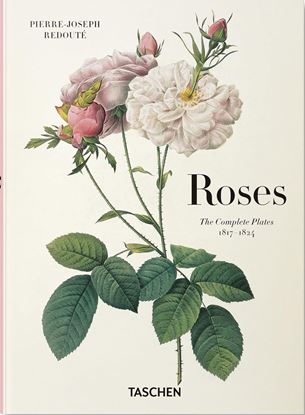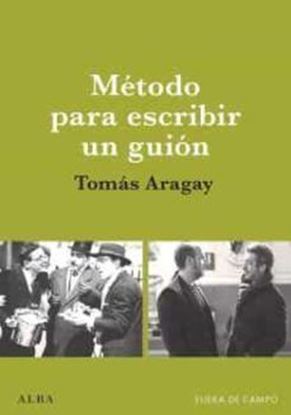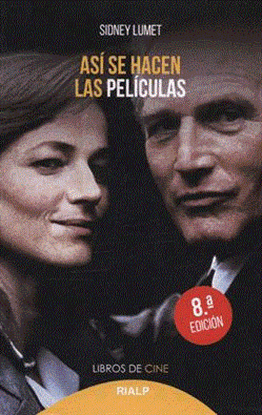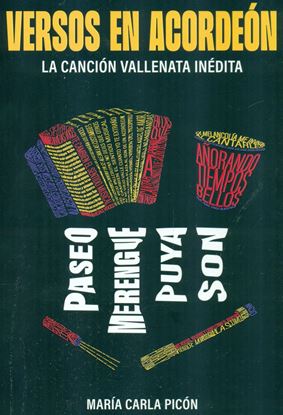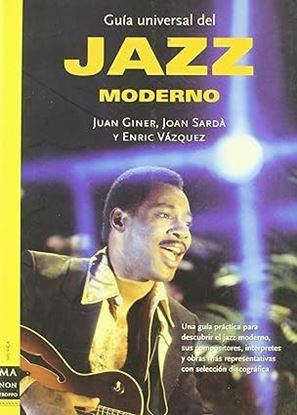

METODO PARA ESCRIBIR UN GUION
Este libro propone una aproximación personal al proceso completo de escritura de un guión de cine sólido, complejo, formalmente potente y que refleje además una voz propia y distinta. Con su dilatada experiencia en el campo de la docencia y los talleres de escritura, Tomás Aragay expone de forma clara, ordenada y pedagógica las herramientas, preguntas y dispositivos que constituyen la metodología para escribir un guión. A traves de un análisis concienzudo de dos películas premiadas y de alto valor nutritivo (Truman, de Cesc Gay, de cuyo guión es coautor, y Plácido, de Berlanga), Metodo para escribir un guión cinematográfico es un texto útil tanto para principiantes y estudiantes como para profesionales que quieran revisar su forma de trabajar. Y tambien para cualquier aficionado que tenga interes en entender los entresijos de la escritura del guión de cine.
1,200
960
MUSICOS, COMPOSITORES Y CANCIONES DOM.
Músicos, compositores y canciones dominicanas en los siglos XIX y XX fue elaborado mediante una metodología heterogénea. Incluyó consultas bibliográficas, entrevistas a los propios músicos o a familiares y relacionados, consultas a historiadores y músicos de los distintos municipios y provincias, búsqueda en periódicos y revistas y, de manera especial, las consultas a musicólogos y expertos en esos temas, que afortunadamente apoyaron con entusiasmo este trabajo.
1,200
960
ASI SE HACEN PELICULAS
Exposición magistral de cómo son las cosas en el mundo del cine, presentadas con multitud de anécdotas. Ofrece a la vez las memorias de un magnífico director y una guía sobre el arte, la técnica y el negocio de la realización.
1,200
960
GUIA UNIVERSAL DEL JAZZ MODERNO
Una guía práctica para descubrir el jazz moderno, sus compositores, intérpretes y obras más representativas con selección discográfica.
Una obra destinada a quienes deseen aproximarse de forma fiable y precisa a la realidad histórica y presente del jazz moderno. En otras palabras, este volumen permite situar en el mapa a los principales protagonistas del jazz actual, tanto los consagrados como los secundarios y los novísimos más relevantes, de un modo riguroso y ameno.
Se trata de una apasionante revisión del jazz moderno, a través de los perfiles biográficos de sus figuras más reconocidas
1,150
920


